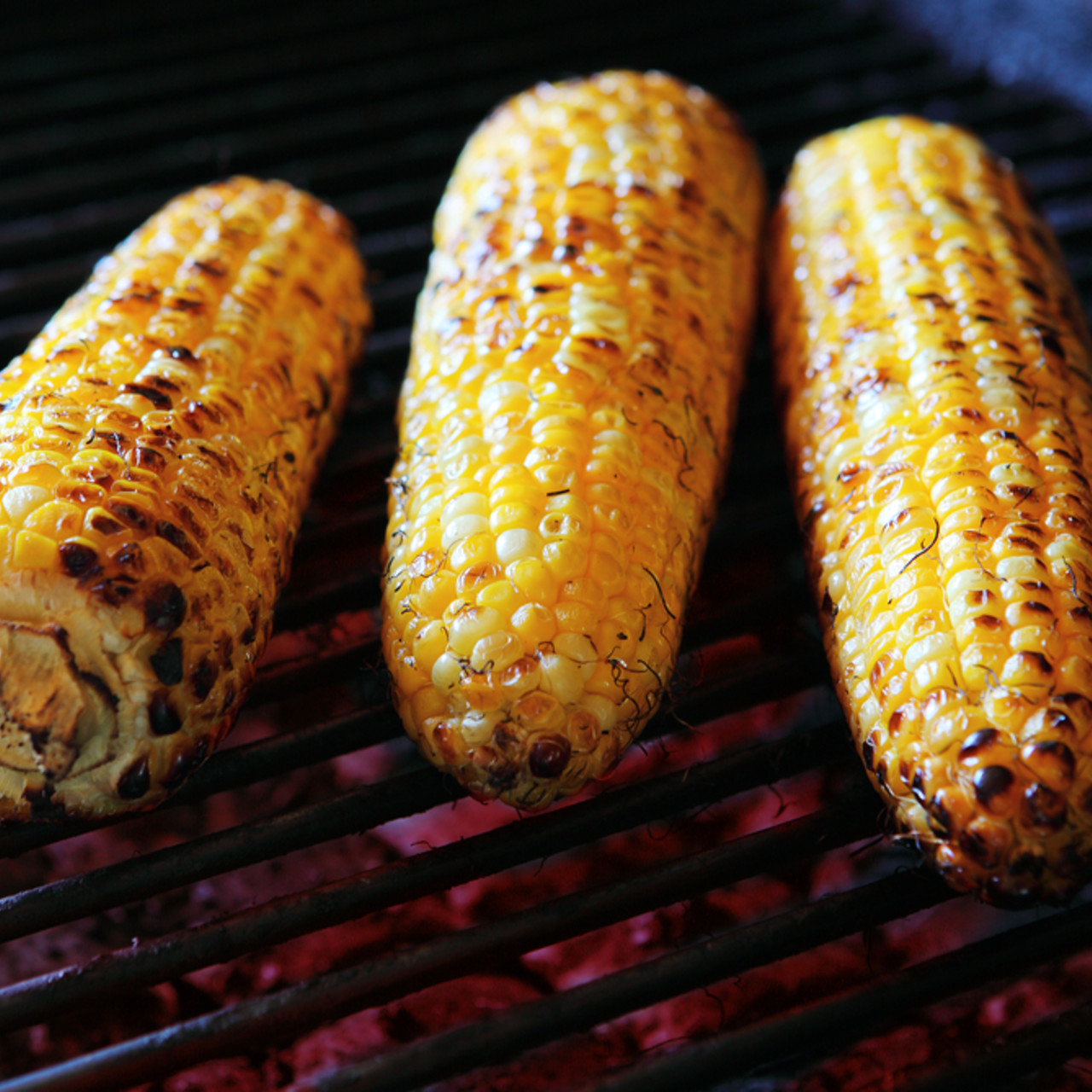Ultimate Guide to Enjoying Corn on the Cob: How to Eat, Recipes, and Health Benefits
Corn on the cob is a staple at summer barbecues, family gatherings, and outdoor events. Its sweet, juicy kernels are a delight, but eating corn on the cob can be more than just a tasty experience; it's also packed with nutrients. This comprehensive guide will help you understand everything you need to know about corn on the cob, from the best ways to eat it to delicious recipes and its health benefits.
1. How to Eat Corn on the Cob
Eating corn on the cob can be straightforward, but there are a few tips to make the experience even more enjoyable:
Grasp and Rotate Method: Hold the cob at each end with your hands and take bites while rotating the cob. This ensures even eating and helps avoid missing any kernels.
Skewers and Holders: Using corn skewers or holders can make it easier to handle hot corn on the cob and keep your hands clean.
Butter and Seasoning: Apply a generous amount of butter, and sprinkle with salt, pepper, or other seasonings like paprika or parmesan cheese to enhance the flavor.

corn on the cob eaten
2. Delicious Corn on the Cob Recipes
To elevate your corn on the cob game, try these delectable recipes:
Classic Buttered Corn: Simply boil the corn, slather with butter, and sprinkle with salt. It’s a timeless favorite.
Grilled Corn with Herb Butter: Grill the corn until charred, then top with a mixture of butter, chopped herbs (such as parsley and cilantro), and a squeeze of lime.
Mexican Street Corn (Elote): Grill the corn, then spread with a mixture of mayonnaise, sour cream, cotija cheese, chili powder, and lime juice. It's a flavorful, tangy treat.
Garlic Parmesan Corn: Coat the boiled corn with a blend of melted butter, minced garlic, grated parmesan cheese, and parsley.
Spicy Cajun Corn: Roll the boiled corn in a spicy Cajun seasoning mix for a kick of heat.
3. Health Benefits of Corn on the Cob
Corn on the cob isn't just delicious; it's also nutritious. Here are some of the health benefits:
Rich in Fiber: Corn is high in dietary fiber, which aids digestion and helps prevent constipation.
Vitamins and Minerals: Corn provides essential vitamins like B-complex vitamins, vitamin C, and minerals such as magnesium and potassium.
Antioxidants: Corn contains antioxidants like lutein and zeaxanthin, which are beneficial for eye health.
Low in Fat: Naturally low in fat, corn on the cob can be a healthy addition to your diet when prepared without excessive butter or high-fat toppings.

corn on the cob eaten
4. Tips for Selecting and Storing Corn on the Cob
To enjoy the best corn on the cob, follow these tips for selection and storage:
Choosing Fresh Corn: Look for ears with bright green husks, moist tassels, and plump kernels. Avoid corn with dry or browned husks.
Storage: Store corn in the husk in the refrigerator for up to two days. For longer storage, consider freezing corn kernels after blanching them.
Corn on the cob is a versatile, nutritious, and delicious food that can be enjoyed in numerous ways. Whether you prefer it boiled, grilled, or seasoned with unique flavors, there's a corn on the cob recipe out there for everyone. Remember to choose fresh ears for the best taste and nutritional benefits. Enjoy your corn on the cob as part of a balanced diet to reap all its health advantages.